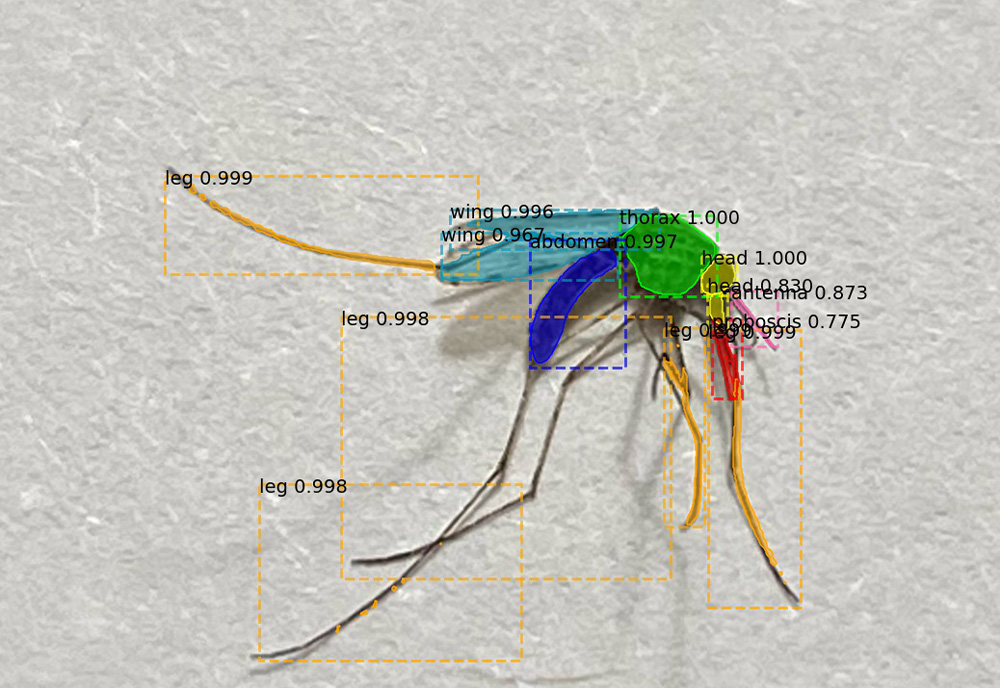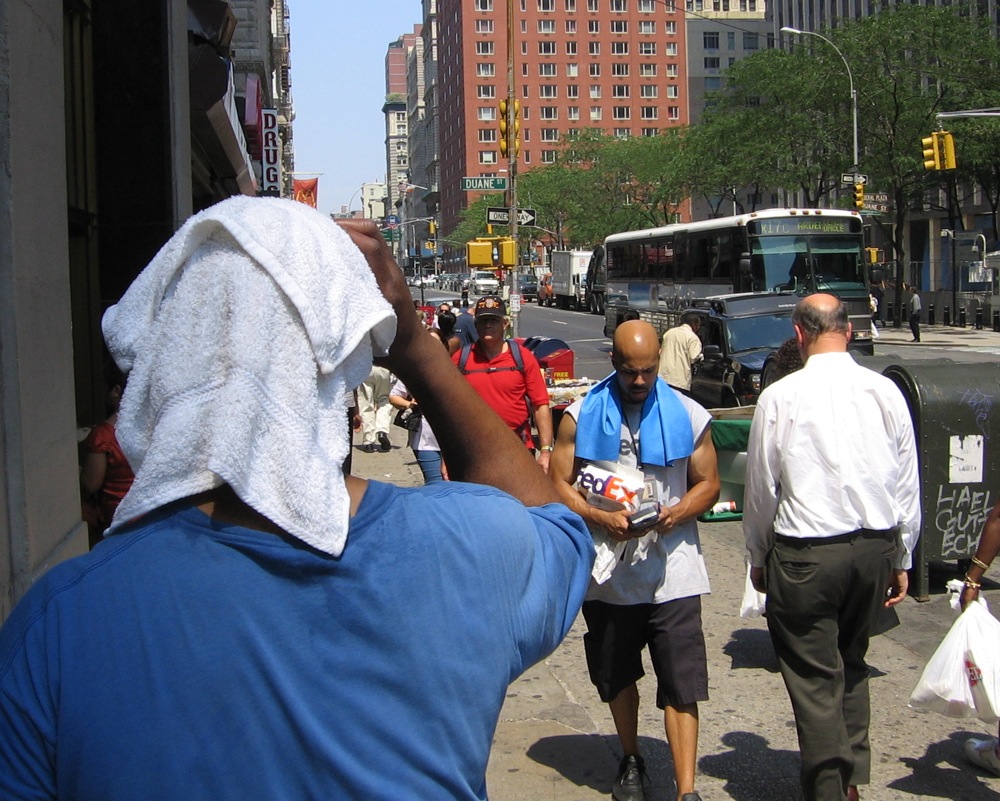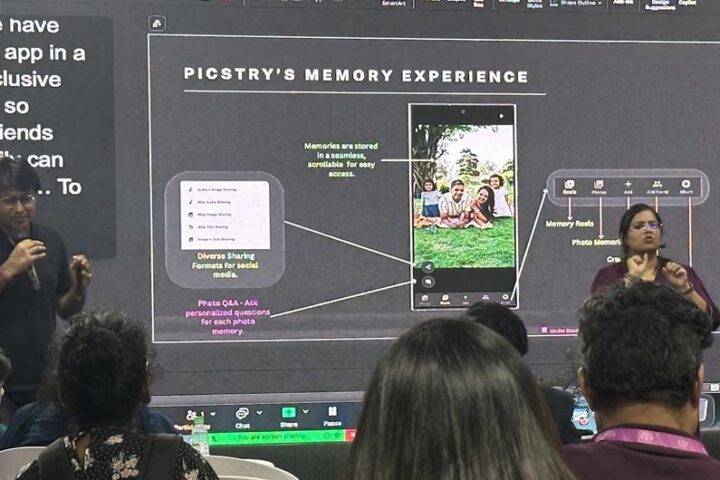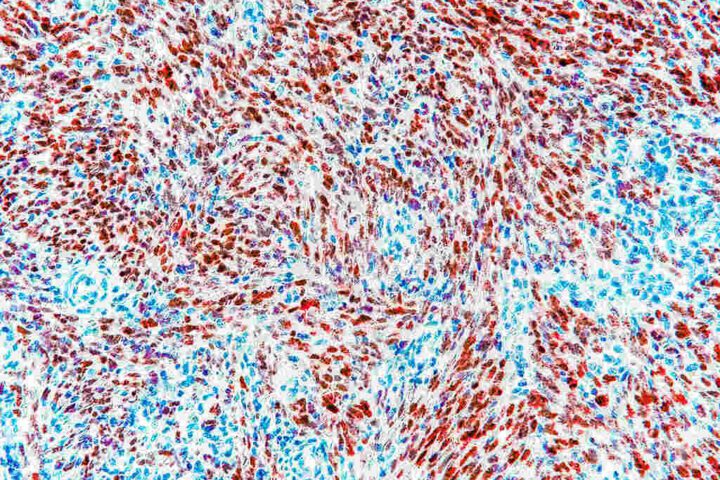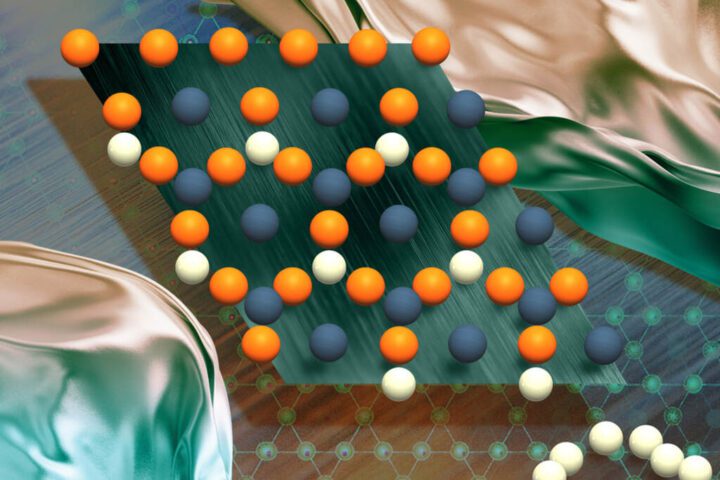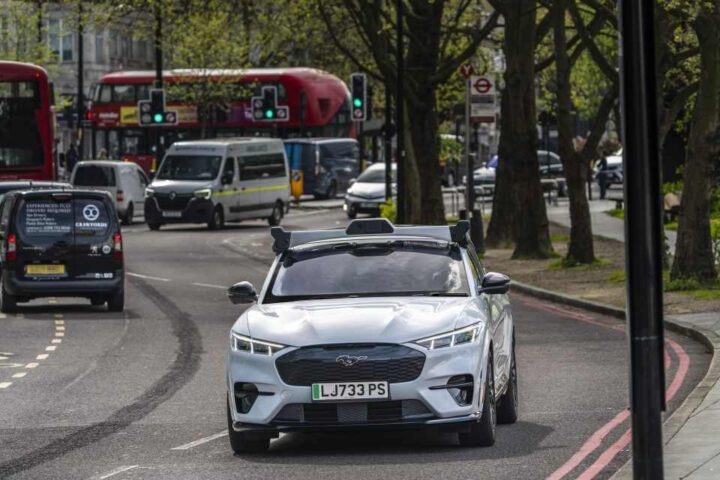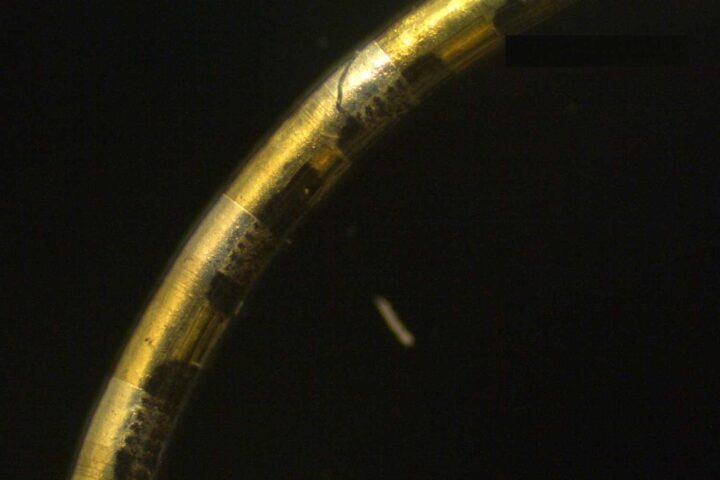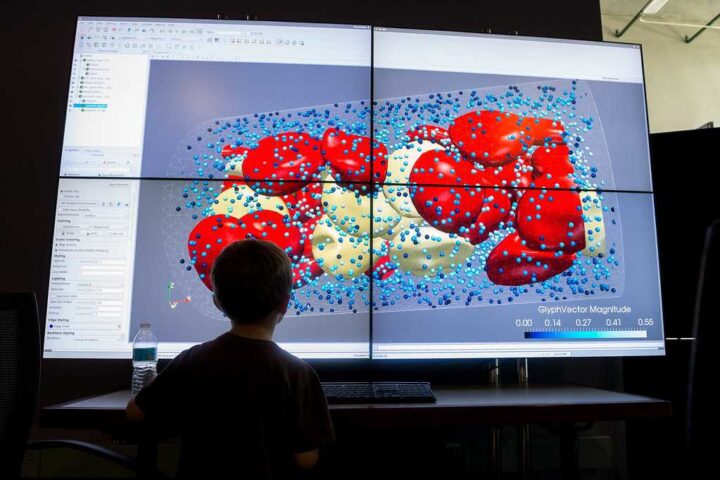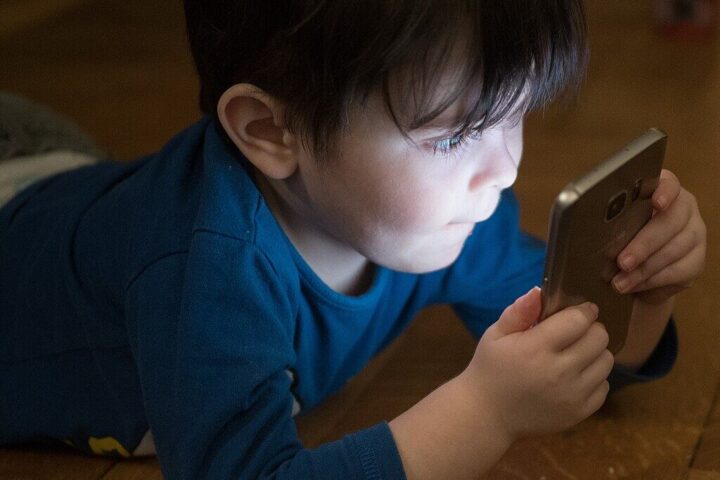Malaria and other mosquito-related diseases have a long history of being some of the most dangerous in the world. The symptoms can be life-threatening for infants, pregnant women, travellers, and people with HIV and AIDS. The symptoms include difficulty in breathing, jaundice, dark blood urine, and impaired consciousness and more.
Five different parasite species use mosquitoes as hosts, with Plasmodium falciparum and Plasmodium vivax representing the biggest threats. Malaria is a pressing public health issue, but it is not very evident in North America or Europe yet. Currently, almost half of the world’s population—the majority of whom reside in sub-Saharan Africa and around the tropics—is vulnerable to malaria and its consequences.
Our algorithm automatically identifies the head, thorax, abdomen, wings and legs from a mosquito image, then it uses specific anatomical components to identify the mosquito type – for example, the wing for Anopheles stephensi. Photo Credits: USFOur algorithm automatically identifies the head, thorax, abdomen, wings and legs from a mosquito image, then it uses specific anatomical components to identify the mosquito type – for example, the wing for Anopheles stephensi. Photo Credits: USF
Researchers at the University of South Florida, Ryan Carney, associate professor of integrative biology, and Dr. Sriram Chellappan, professor in the department of computer science and engineering, along with an interdisciplinary team, are reinventing mosquito surveillance with artificial intelligence to help fight malaria in Africa. The project was funded in part by $3.6 million from the National Institute of Allergy and Infectious Diseases, a branch of the National Institutes of Health.
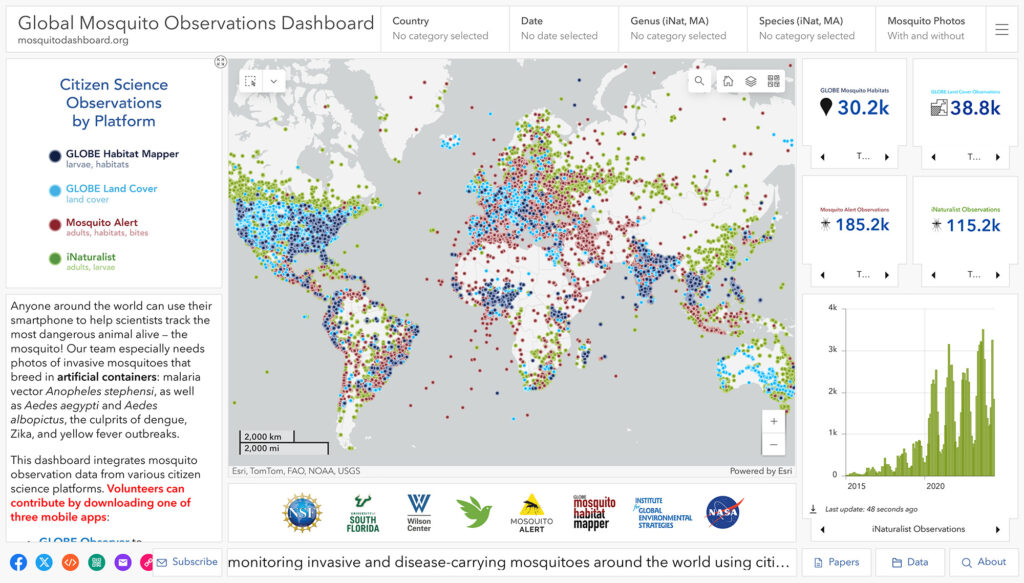
Dr. Chellappan told Karmactive that Anopheles gambiae, a mosquito variant, has been traditionally infecting most of Africa. “It is more of a rural mosquito. As such, victims tend to be in sparsely populated villages. However, in the last decade, a new vector has invaded Africa (most likely via shipping routes) from (likely) India.” Dr. Chellappan explained.
Our algorithm automatically identifies the head, thorax, abdomen, wings and legs from a mosquito image, then it uses specific anatomical components to identify the mosquito type – for example, the wing for Anopheles stephensi. Photo Credits: USF
As per the CDC, ten years ago, malaria was eradicated from Djibouti in the Horn of Africa. However, stephensi was detected in around 2012, and cases rose to 73,000 in the last decade. “So, there is a significant concern that malaria will hit urban Africa, putting millions at risk, “ asserted Dr. Chellappan. “Detecting the presence of stephensi in Africa is critical before it establishes itself in newer areas,” he told Karmactive.
Dr. Chellappan is working on an artificial intelligence-enabled smart trap using algorithms that will lure, capture, and monitor Anopheles stephensi. Their primary aim is to send these traps across West Africa to identify and trap Anopheles stephensi automatically.
“We are the only team that we know of globally that can successfully enable anatomy-based classification from a single photo to identify mosquitoes,” Dr. Sriram Chellappan said. “Our algorithm automatically identifies the head, thorax, abdomen, wings and legs from a mosquito image, then it uses specific anatomical components to identify the mosquito type – for example, the wing for Anopheles stephensi.”
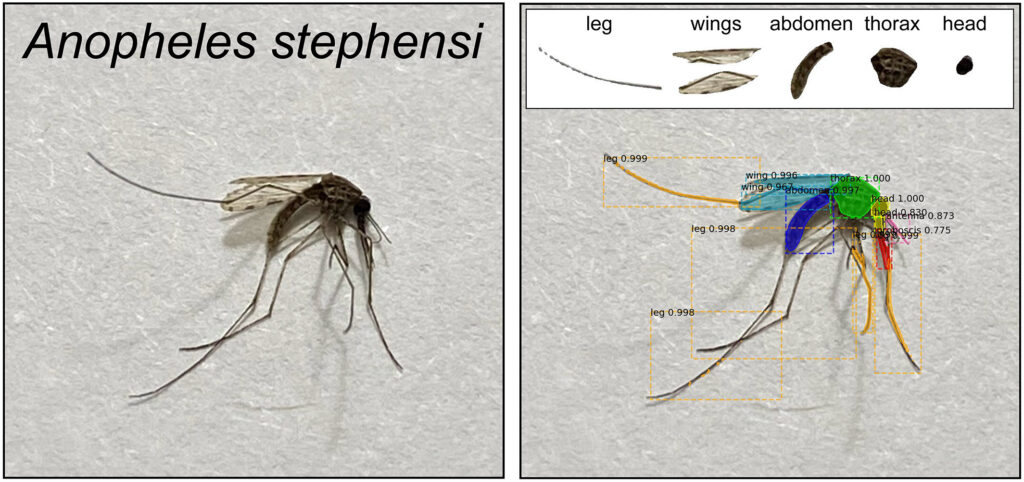
Why not Traditional Methods but AI?
Manual surveillance tactics are usual and typical. In this process, traps are set up for the mosquitoes. Hundreds of mosquitoes get stuck in the trap. They are taken to a lab, where they are individually identified under a microscope. ”This is state of the art everywhere on earth. Very time consuming process, and cognitively demanding too,” explained Dr. Sriram Chellapan. AI, on the other hand, automates this process.
“Our focus is technology. We want to use citizen-science platforms like iNaturalist, Globe mosquito habitat mapper, and Mosquito Alert to process images uploaded by citizens to detect stephensi using image processing algorithms,” Dr. Sriram Chellappan elaborated. “We are also piloting a smart-trap that can attract mosquitoes and take a picture automatically to detect if it stephensi. This is the role of AI,” he told Karmactive.
But just like the traditional methods have failed or have slowed down the process of finding a solution, likely modern AI technology has also addressed shortcomings in the study of researchers.
According to the information fetched by Karmactive from Dr. Chellappan, the following are the shortcomings of the use of AI technology Currently in this study:
- network connectivity
- challenges in edge processing of images
- getting sufficient data for training and validation
Use of AI Technology for Mosquitoes and Global Perspective:
A new International Center for Excellence for Malaria Research will be established in west-central Africa as part of the EMERGENTS (Enhancing Malaria Epidemiology Research through Genomics and Translational Systems) project. The EMERGENTS effort primarily targets Africa, but the technology and procedures created as a result of this work have important ramifications for the US as well.
“Malaria is a global problem. Solutions leveraging computing technologies can really advance mosquito vector surveillance. In fact, even beyond mosquitoes, other vectors like ticks, flies, etc. can also be identified with citizen science applications.” while explaining the global health perspective, Dr. Chellappan told Karmactive.
Almost every minute, a child under five dies from malaria. In 2022, there were 608,000 fatalities overall. 76 percent of these deaths involved children younger than five. This equates to more than a thousand children under the age of five being affected every day.
Numerous of these fatalities are curable and avoidable. Focusing on technology, some applications recommended by researchers, like iNaturalist, are applications that the public is aware of and finds reliable. These applications are easy to use and help identify insects, including harmful vectors.
Similar Posts
“Anopheles stephensi is a very efficient vector of malaria, and something that has adapted itself to the human environment,” Prof. Ryan Carney said in a press release. “Therefore, it can cause huge, unprecedented epidemics in urban centers, which we have already started to see unfolding in Africa. Florida is ground-zero for mosquito-borne diseases in the U.S. and although Anopheles stephensi has not yet been detected domestically, our citizen science infrastructure and species identification technologies ensure that we are prepared to fight this potential threat,” he added.
Dr. Chellappan hopes that as technology develops during this research, the traps can be made available to the public at a reasonable cost, allowing community-led mosquito surveillance and control to be improved both locally and internationally.
